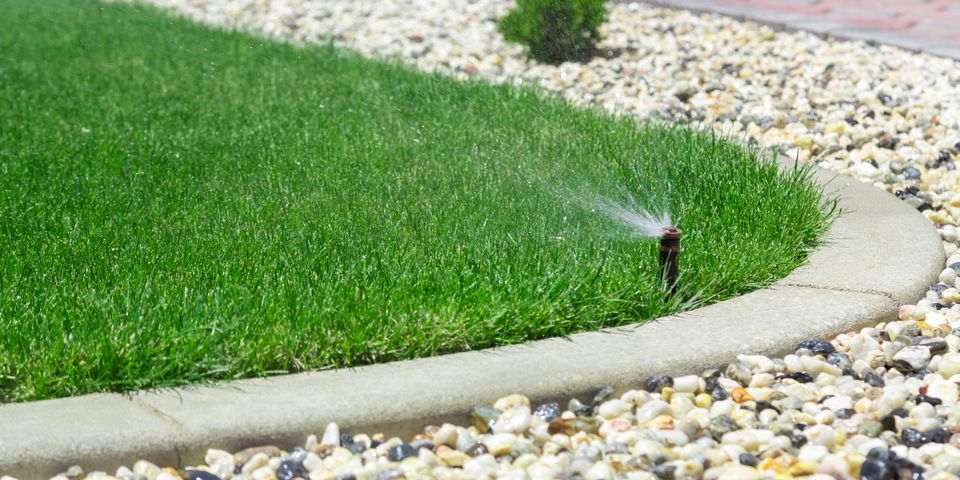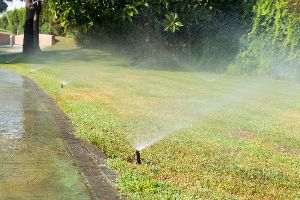A Guide to Using Sprinklers Effectively

A healthy and verdant yard adorned with landscapes featuring trees, shrubs, and flowers will enhance curb appeal and increase enjoyment in outdoor areas. A lawn irrigation system can provide the appropriate amount of moisture to turf and foliage, ensuring they remain hydrated and healthy. Following a sprinkler installation, you might wonder how to use them effectively. Here's what to know about operating your system.
4 Tips for Effectively Using a Lawn Irrigation System
1. Water in the Morning
Operating your sprinklers in the late afternoon or evening can prevent the sun's heat from evaporating any excess moisture. This can create a favorable environment for fungal growths on turf roots, creating brown patches that ruin the entire lawn.
You can reduce the risk of turf diseases by irrigating in the morning, which allows the sun to dry up extra fluids throughout the day. Setting your automatic watering system to run between 5:00 a.m. and 7:00 a.m. prevents you from having to wake up early.
2. Ensure Thorough Coverage

Dry spots can form between irrigation zones if the sprinkler heads are improperly aligned. You can prevent strips of turf from becoming dehydrated and reduce the health and appearance of your yard by adjusting the angles.
Position them so that they slightly overlap and deliver water across the boundary lines of adjacent zones. This can ensure your turf receives thorough moisture coverage to remain hydrated and nourished.
3. Know How Long to Run Them
Lawns in Georgia require approximately one inch of water per week. You can determine how long to run your lawn irrigation system by setting out shallow containers on your yard, running your sprinklers, and measuring the amount of time it takes for them to fill with one inch of moisture.
This is how long you should run your system during each weekly irrigation. However, if you notice signs of drought stress, such as bluish turf, wilted blades, and lingering footprints, you might run them for longer during each session until the grass recovers.
4. Inspect Periodically
During periods of heavier use, take a look at sprinklers heads about once monthly. Check them for signs of physical damage, such as leaning or cracking, and look for pooling water on your lawn.
Additionally, while running your lawn irrigation system, take note of any heads that leak, sputter, or have low water pressure. If you notice problems, an irrigation repair contractor can replace damaged heads, clear out clogs, or replace broken lines to restore proper operation.
Keep your lawn and landscapes healthy and gorgeous with help from Allgreen Irrigation Systems. They provide sprinkler system installations, maintenance, and repairs to clients throughout Cumming, GA. Call (770) 888-9399 to get a quote on a lawn irrigation system, and visit the website to learn more about how they can help you care for your outdoor spaces.
About the Business
Have a question? Ask the experts!
Send your question

